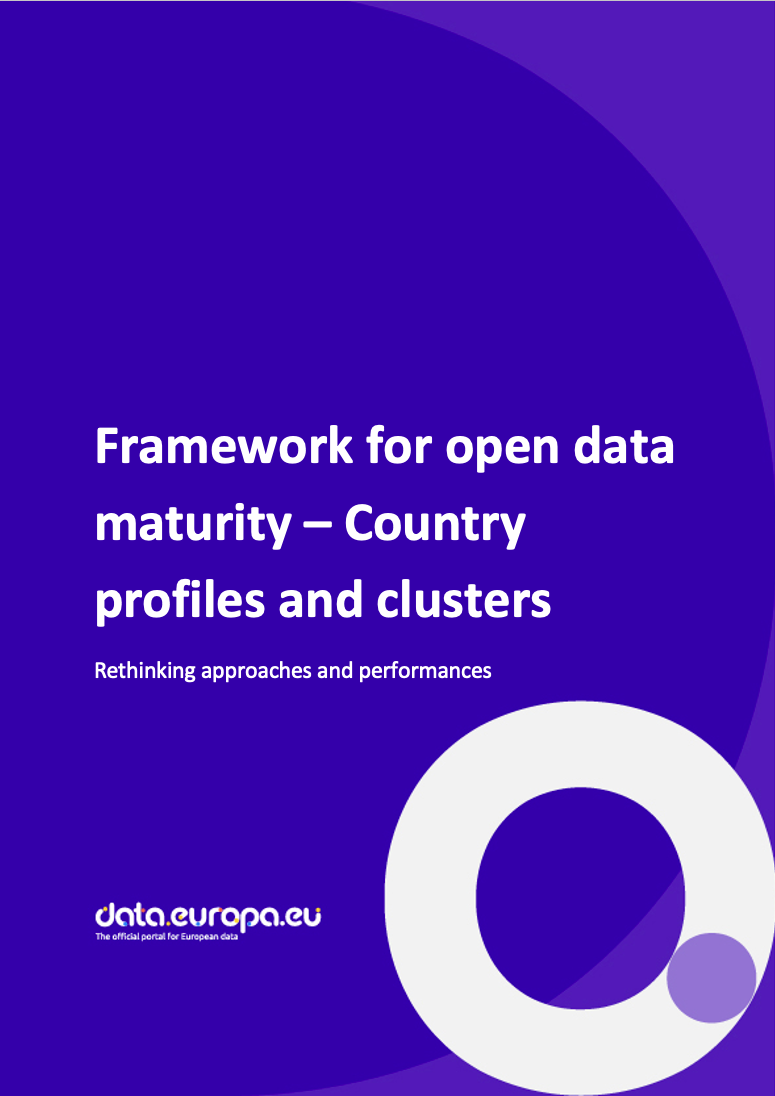Search results (3947)
Skip results of view Publications

Interoperability is the backbone of Europe’s digital transformation. It enables public administrations, businesses, and citizens to interact seamlessly across borders and sectors. At the heart of this effort lies the European Interoperability Reference Architecture (EIRA), a blueprint which is designed to guide the creation of interoperable digital public services. The EIRA is a reference architecture developed under the ISA programme and is now maintained by the Digital Europe Programme . This provides a common terminology for architects and developers to use, as well as a set of Architecture
The Simpl Annual Community Event gathers Europe's data innovation community on 29 January 2026 in Brussels, to discuss how interoperability transforms from principles to practice. This year's theme, 'Connect and grow together', is all about helping shape Simpl's next phase and discussing the developments around the project. With this event, Simpl wants to showcase how they support and collaborate with the European data-sharing ecosystem by bringing representatives from diverse data-sharing organisations on stage and opening up the discussion. Participants will be able to help build a more

Albania’s national open data portal serves as a central platform for accessing datasets published by public institutions. The portal offers a growing collection of datasets across sectors such as governance, finance, and social development, providing citizens and organisations with tools to better understand public information. It provides data from multiple sectors, including health , education , finance , and environment , supporting citizens, researchers, and businesses in making informed decisions. To strengthen transparency and accountability, the portal enables users to explore
How do you think open data already impacts your life today? Make sure you do not miss our upcoming data.europa academy webinar! Join us on Friday, 12 December 2025, from 10:00 to 11:30 CET, for our session: ‘The final Use Case Observatory: open data with real-world impact’ The recently published third and final volume of the Use Case Observatory concludes a three-year research effort assessing the economic, social, environmental, and governmental impact of open data reuse across Europe. Building on the findings of Volumes I and II, this edition revisits 13 active use cases and provides a
Are you interested in gaining insights into the forthcoming Data Union Strategy and the European data landscape? Do not miss our upcoming data.europa academy webinar! Join us on Friday, 28 November 2025, from 10:00 to 11:00 CET, for our next session: ‘Building Europe’s data future: understanding the Data Union Strategy’. This webinar will build upon our successful webinar on the European Data Strategy earlier this year and will highlight its latest development: the Data Union Strategy . This new strategy aims to enable AI innovation by enhancing access to high-quality, curated data across
Study
The Open Data Maturity Assessment of the Publications Office of the EU and European Commission is a highly recognised and widely known study in the field of open data. It evaluates progress and effectiveness of open data initiatives across four thematic dimensions intended to capture the end-to-end value chain of open data: Policy, Portal, Quality and Impact. The current open data maturity levels...

Download

Monday, 17 November marks International Students’ Day, a global occasion to celebrate the role of students in shaping society. The date marks a historical moment in 1939 when Nazi forces raided the University of Prague, leading to the tragic loss of student lives and the closure of Czech universities. Today, the day serves as a global reminder of the importance of student rights, access to education, and the power of youth-led movements. Across Europe, students contribute to innovation, civic engagement, and cross-border collaboration. With over 17 million tertiary students in the EU, data

The European Union continues to strengthen its commitment to open data through initiatives like the European Data Portal , a central hub that collects open data from across Europe. As part of this portal, the data provider manual serves as a vital resource for organisations looking to publish high-quality datasets. The manual provides clear guidance on how to contribute effectively to the EU’s open data landscape. The manual covers everything, from account registration and access control to dataset creation and publication workflows. It explains the structure and functionality of the Data

- Data Story
How many hours do Europeans actually work ? Who earns the most for their time and who enjoys the longest holidays? Which sectors form the backbone of employment in each Member State? One may think that across Europe people’s working lives should be quite similar, but the data uncovers a striking diversity. From factories in central Europe to hospitals in the Nordic countries, from tourism in the...

Artificial intelligence (AI) is revolutionising healthcare in Europe, offering smarter diagnostics, personalised treatments, and improved patient outcomes. The European Commission recognises healthcare as a strategic sector and is investing across the entire AI value chain to ensure Europe leads in trustworthy AI and cutting-edge medical technologies. Key initiatives include AI Factories and Gigafactories for supercomputing resources, the review of the Chips Act to strengthen semiconductor production, and a forthcoming Cloud and AI Development Act to boost innovation. These efforts enable
